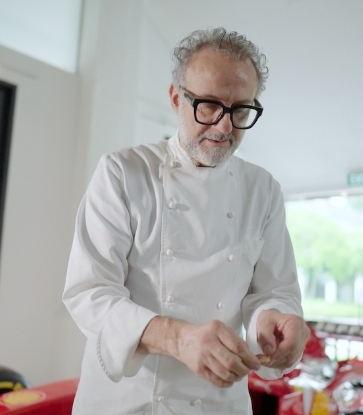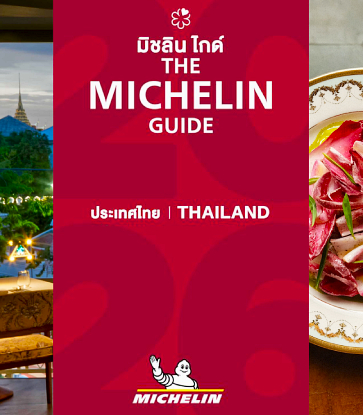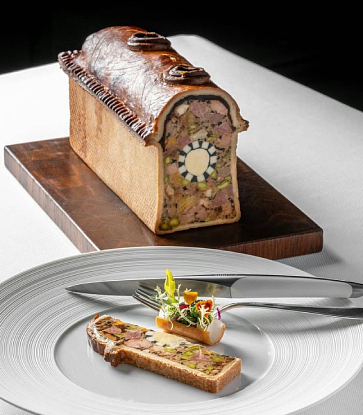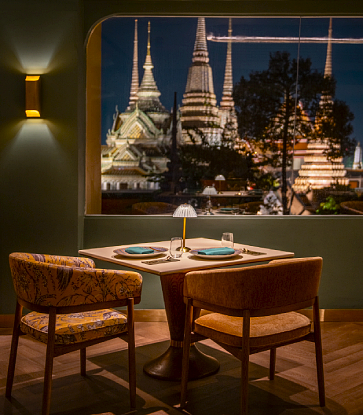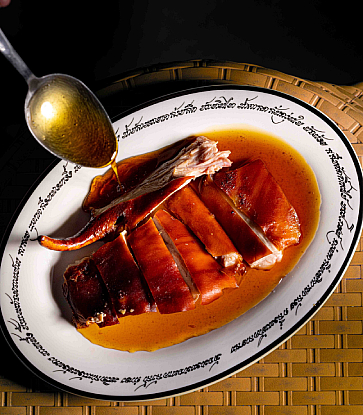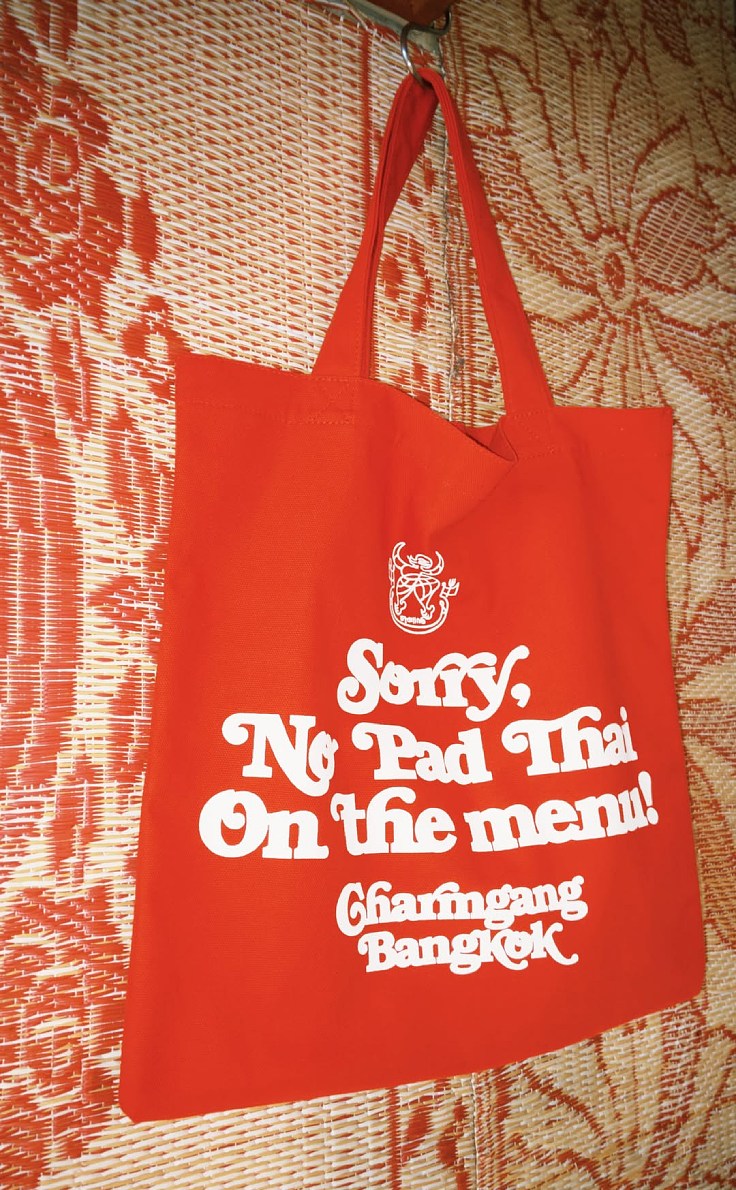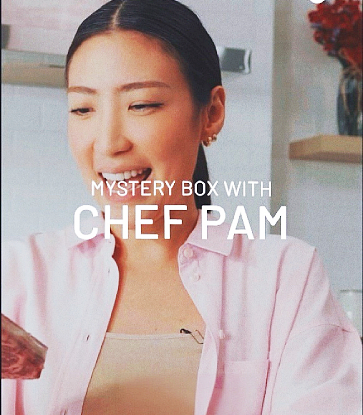When we talk about Southern Thai cuisine, intensity is the word that often comes to mind — overwhelming spice, bold saltiness, and no skimping on ingredients.
But in Bangkok, southern restaurants often need to tone things down to suit local taste buds — making it harder to find the real thing.
Not at Janhom (Bib Gourmand, MICHELIN Guide Thailand 2025). Poonsri Sarikam, or Aunty Paew, insists on doing things the Southern way. A native of Surat Thani, she has been serving authentic southern flavors to Bangkokians for over 25 years. One of Janhom’s signature dishes is sato phad kapi kung — spicy stir-fried stink beans with shrimp.
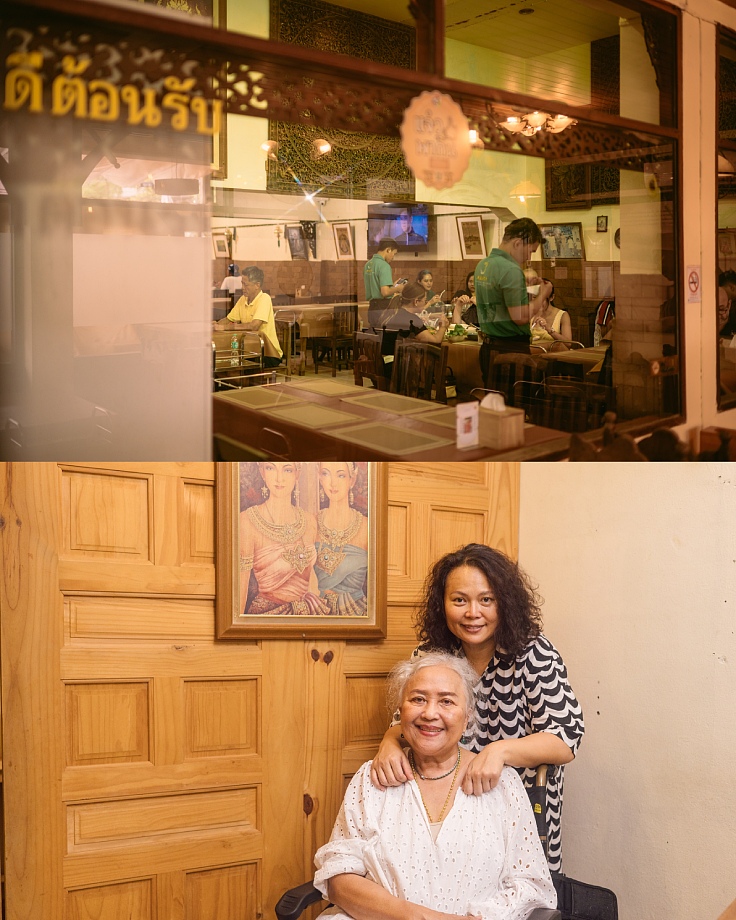
From Surat Thani to Bangkok
More than two decades ago, Sarikam was running an Isan restaurant on the island of Ko Samui. But with deep southern roots and a passion for the bold flavors she grew up with in Surat Thani, she eventually set her sights on the capital. At the time, Bangkok’s Ramkhamhaeng area had little to offer in the way of Southern Thai cuisine, with most local spots serving standard khao kaeng (rice with toppings). And so, Janhom was born — a humble eatery with an unwavering commitment to authentic southern cooking.In the early days, it wasn’t easy. Bangkokians weren’t used to the intense flavors Aunty Paew refused to dilute — the fermented funk, the bracing saltiness, the unapologetic spice. She made only one concession: turning down the heat just slightly to meet the city’s evolving palate. But when it came to saltiness and sweetness, she stayed firm. In time, Bangkokians came around. Diners learned to appreciate what real southern food tastes like — and Janhom became one of their go-to spots for the real thing.
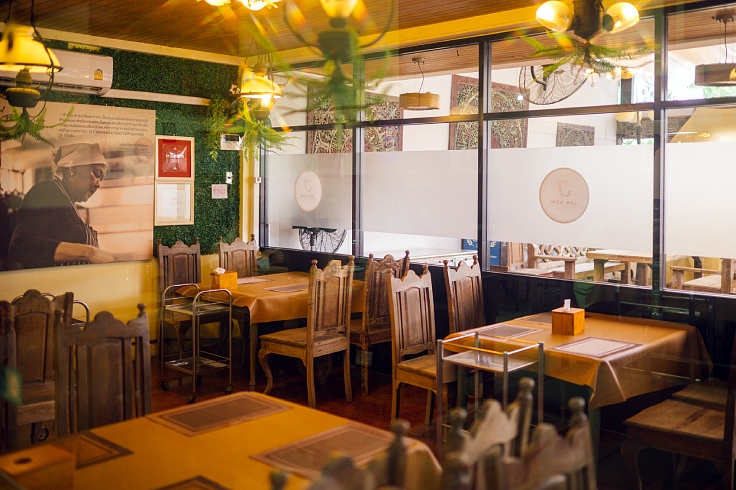
Becoming the signature sato phad kapi kung
The name might sound simple — spicy stink beans with shrimp — but don’t be fooled. Cooking it well is far from easy. After all, keeping customers coming back for 25 years takes more than just technique — it takes the right ingredients and a commitment to tradition. Aunty Paew swears by one non-negotiable: kapi (shrimp paste) from the South. Not just any shrimp paste — hers is made the traditional way, using nothing but krill and salt. No additives. No shortcuts. When stir-fried, it releases a distinct aroma, deep color, and bold flavor that form the soul of the dish. It’s this level of care — and a closely guarded recipe — that keeps diners hooked, plate after plate.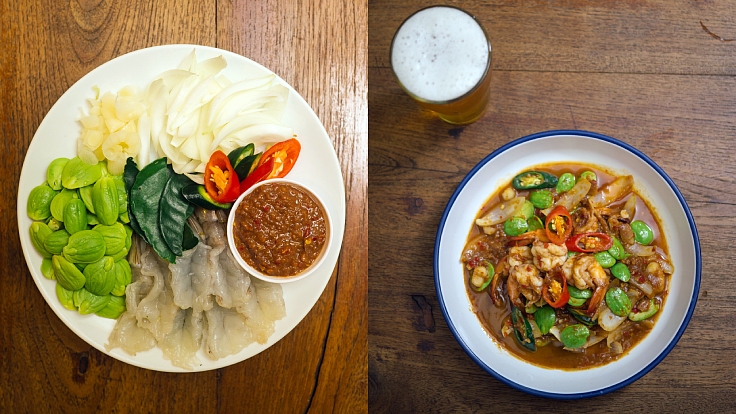
The magic starts after the shrimp paste hits the pan. In go the stink bean seeds — but not just any. Aunty Paew insists on using mature beans for their satisfying chew and richer, nuttier taste. Young beans, she says, are too crisp and lack the depth this dish demands.
Next comes the shrimp. Janhom uses Vannamei shrimp, carefully chosen for their size and bounce. When they turn just-cooked and springy, it’s time to layer in the aromatics: spur chili, onion, and kaffir lime leaves.
One of Aunty Paew’s signature moves? Skipping sugar entirely. Instead, she slices in pickled garlic for a natural, nuanced sweetness. Just before the dish hits the plate, a squeeze of fresh lime adds brightness and balance — the final touch to a fiery stir-fry that’s best enjoyed with hot steamed rice and a clear nose.
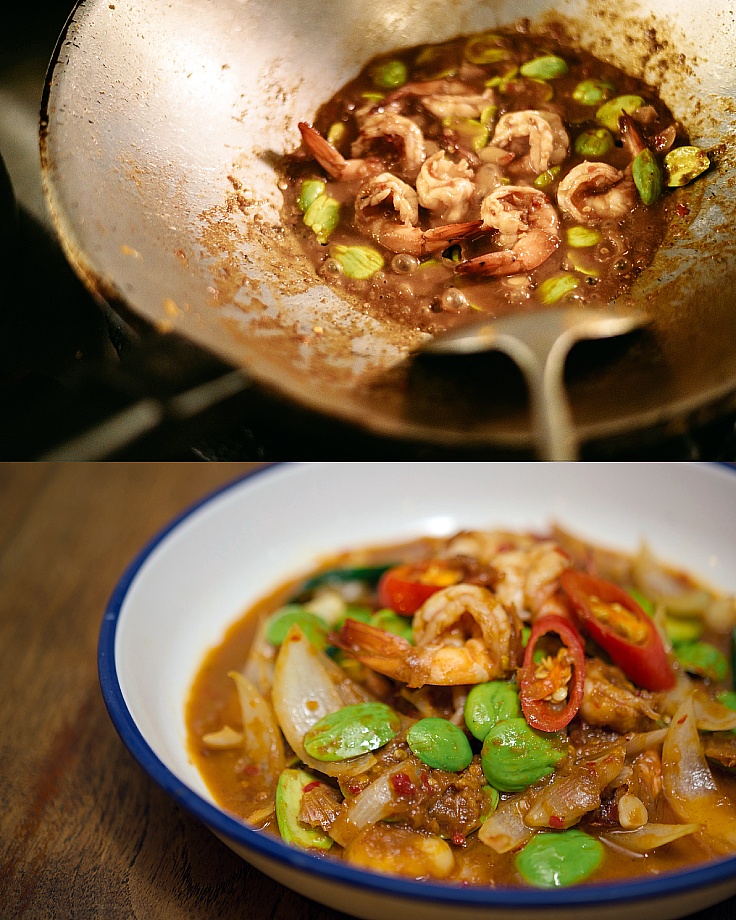
Flavors come alive when they’re shared
At the heart of Chang lies Lamiat — a spirit grounded in craftsmanship, care, and quiet refinement. It’s more than just a philosophy; it’s a way of life that elevates the ordinary into something memorable. Every detail, from the brewing process to the pour, reflects this thoughtful attention.Because great flavor — like great friendship — isn’t just about taste. It’s about the moments shared around the table, the stories told, and the connection that lingers long after the last sip.
Hero image: © Anuwat Senivansa Na Ayudhya/ MICHELIN Guide Thailand





